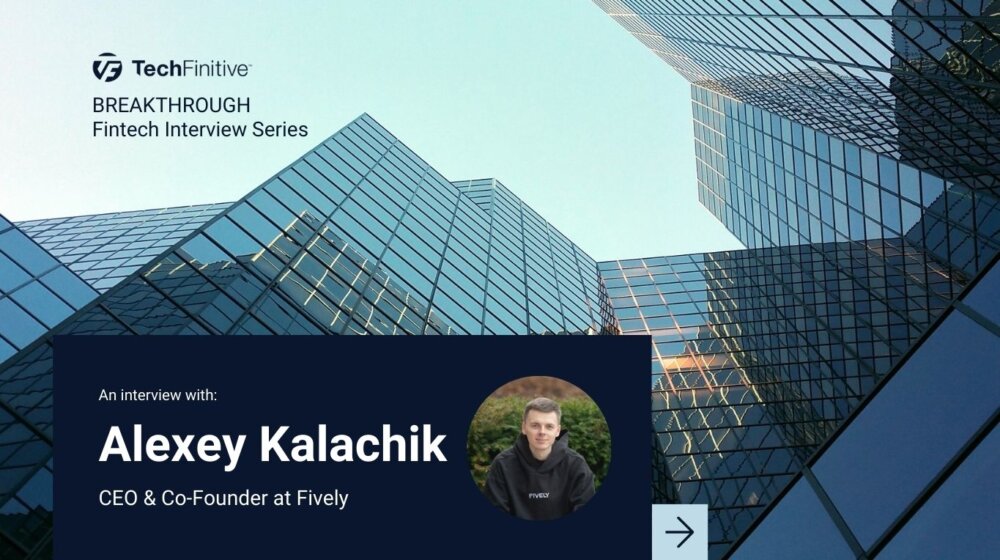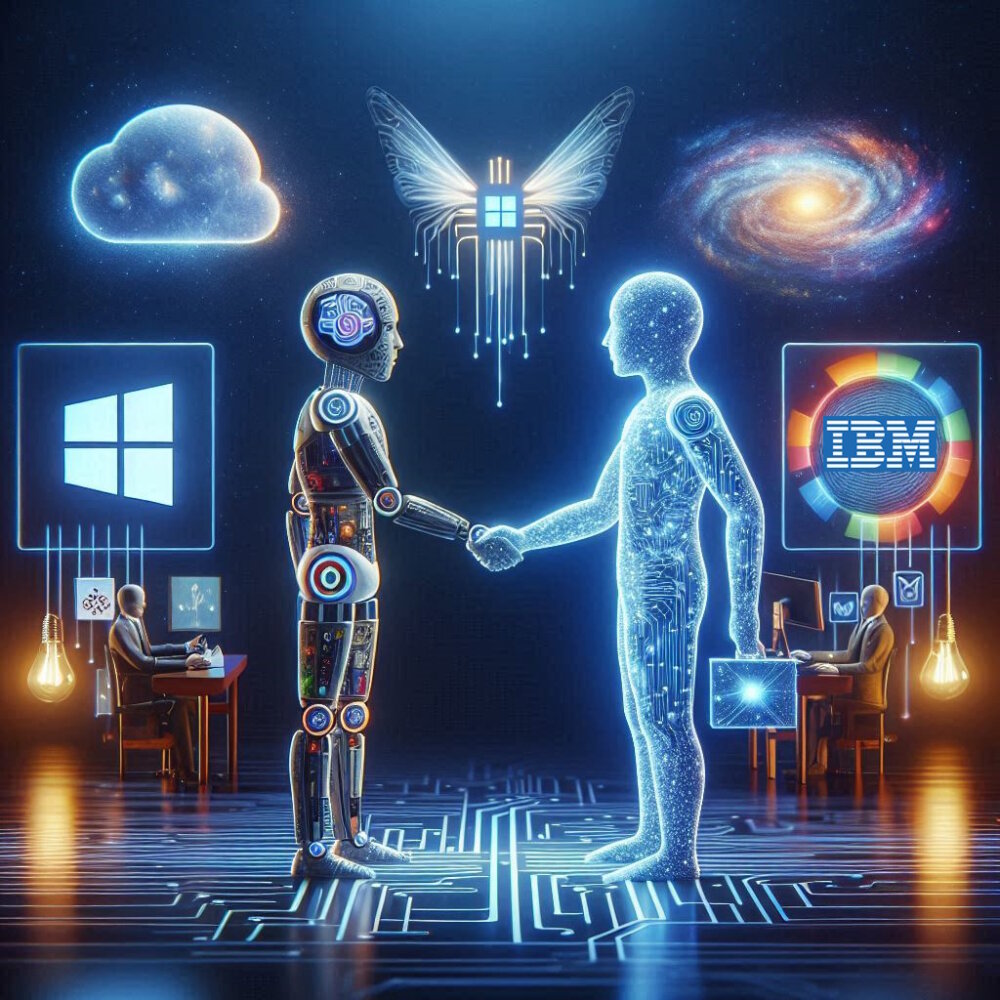
How Disney, Netflix and Amazon use CX to make customers happy
Nowhere is the adage “bad news travels fast” as poignant as it is in business.
When a person has a positive customer experience, they will tell between six and nine people. Yet when a person has a less-than-favourable interaction, they’ll tell as many as 20.
Considering how important reputation is to a business – firms with ratings of 4 or higher earn 28% more in revenue, on average – managing customer experience is a constant priority. It’s no wonder, then, that some of the most successful companies in the world offer next-level customer experiences.
Disney magic
Disney, for instance, is world-renowned for its “magical” experiences. The mechanics of which are detailed in the Be Our Guest: Perfecting the Art of Customer Service book. This book explains that Walt Disney viewed his theme parks as “factories that manufacture joy and delight”. Just as factories are built on strict processes, so too is the Walt Disney Company.
The Disney Institute goes so far as to say that “exceptional service derives from the intersection of Process, Place and People”. Its CX tools sit at the core of this intersection.
Disney’s Operational Command Centre uses data and real-time analytics to track “guest flows”. For instance, if the queue for the Pirates of the Caribbean ride is too long, the Command Centre will call for more boats. But that’s not all: they will also route a mini parade, or send characters to busy locations to entertain the crowds while they wait.
They also use it as a sales opportunity. Those characters hand out menus and take orders from people waiting in lines for restaurants. Disney also surveys visitors at entrances and exits, and seeks feedback via its app before, during and after the trip. All of which is fed back into the Command Centre’s CX platform.
What is CX? Find out in the TechFinitive explainer.
Staying focused on customer happiness
Although this obsession with process takes away from the idea of “magic” somewhat, it allows everyone at the company to stay focused on the end goal – customer happiness. It means the customer is at the heart of everything they do. This enables these processes to scale globally without sacrificing customer quality. From the small, to the significant.
One small but revered touch is that Disney gives every guest a personalised badge upon arrival that’s tailored to their celebration (birthday, honeymoon and so on). Another, which came from customer feedback, takes place in the park. If a child arrives at the front of a ride queue to find out they’re not tall enough, they’re given a pass that allows them to jump the queue of their next ride.
Then there’s an anecdote in the book that describes a time when Walt Disney disguised himself as a mystery shopper. After timing his ride on the Jungle Boat, he discovered the operator had rushed the experience and finished the ride in four and a half minutes, rather than seven. Boat pilots were given stopwatches to learn the correct speed and Walt would return to ride the Jungle Boat on later occasions to check the guests weren’t being shortchanged.
These individual elements add up to a great customer experience. And Disney’s exceptional 70% customer return rate.
Customer-centricity is a buzzword that’s grown in popularity in recent years but the 100-year-old The Walt Disney Company is considered to be one of the first truly customer-centric companies.
Let’s make CX personal
Amazon is another example. Jeff Bezos once said he’s willing to lose out on profits to keep costs low and ensure customer loyalty. Amazon additionally says it “strives to be Earth’s most customer-centric company, Earth’s best employer, and Earth’s safest place to work” and points to a number of CX innovations that have been designed to remove friction.
These include its 1-Click Checkout and its personalised recommendations. In fact, more than a third (35%) of Amazon’s sales comes from such personalised recommendations. The company said that 56% of people who buy something they’ve been recommended are likely to return and repeat the purchase time and again.
The latter being particularly critical to customer experience.
According to a McKinsey report, many of us – up to 70% – expect personalisation across all of our digital services. Netflix is probably best known for taking personalisation to another level. It will use the viewing habits and data on its uses to show different artwork and trailers to people, based on their interests.
Take the film Good Will Hunting. Netflix may show artwork featuring Matt Damon and Minnie Driver to people who prefer romcoms; someone who leans towards comedies might be shown artwork featuring Robin Williams. The more viewers watch, the more personalised their recommendations become. Andd the more Netflix can keep them coming back for more.
Understanding your customers
Yet it’s not just gestures, or investing millions into next-level tech that can shift the dial. Simply understanding your customers better can be the difference between good, or bad news, travelling fast.
After travel comparison site Skyscanner started measuring customer satisfaction scores on a support ticket-by-ticket basis, using Zendesk, it spotted a strong correlation between how quickly a customer got a reply, and their satisfaction levels. Skyscanner invested in more support staff, redesigned its help centre and added self-service tools. It also made the tech behind the process people faster.
From this single CX-inspired change, Skyscanner boosted customer satisfaction to around 94% (a rise of 18 points) and dropped response times by 76%.
Meanwhile, software firm VEMT shortened its sales cycle by 40% as a result of tracking the customer journey with TheyDo. This allowed its teams to close more deals, faster, and boost productivity by freeing up time.
These are just a handful of examples of companies using CX to make competitive gains. At its core, customer experience isn’t difficult – it comes down to making customers feel seen, appreciated and understood. Yet without the tools and knowledge to know what they want and need, it turns CX into a minefield.
The companies used in our examples aren’t reinventing the wheel. They’re just making better use of the spokes and bearings.
More resources
- Whitepaper: The next generation of customer experience (or, how baby boomers learned to demand the same high levels of experience as millennials).
- Article: You’ve heard of journey mapping, now get ready for journey management.
- Whitepaper: Omnichannel support made easy with Zendesk – how to choose the right support channels for your customers.
- Whitepaper: A practical guide to modernising your contact centre and delivering omnichannel customer experiences.
NEXT UP

Alexey Kalachik, CEO & Co-Founder at Fively: “The potential for digitalisation within insurance is enormous”
We interview serial entrepreneur Alexey Kalachik, CEO & Co-Founder at Fively, on the future of fintech and what makes this space so exciting for startups.

IBM bolsters AI push with Microsoft Copilot launch
In a bid to boost its AI offering, IBM Consulting will enable enterprises to create and manage AI copilots – including Copilot for Microsoft 365

Andrew Kay, Director of Systems Engineering APJ at Illumio: “The most worrying development with ransomware is that it has evolved from simply stealing data to impacting IT availability”
Andrew Kay, Director of Systems Engineering APJ at Illumio, has 20 years’ experience helping organisations strengthen their cyber resilience. We interview him as part of our Threats series on cybersecurity.